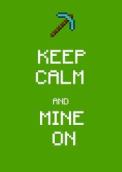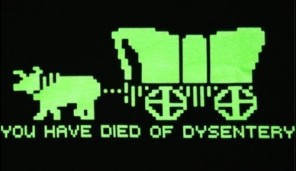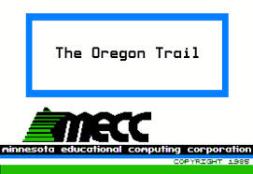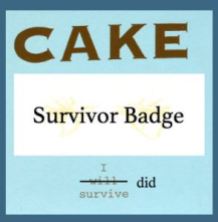Overchoice of blogs was the experience this week while researching for the “Learning with Minecraft” Literature Review. The open educational resources (OER) were the primary source of information accessed. MinecraftEdu is the preferred search term, but as it has been in existence for only three years, much of the writings centered on the original Minecraft. The other focus was K-12 learning. References in the review are penned by a variety of authors, including students, parents, teachers, researchers, gamers, and other experts in the application of Minecraft in the K-12 classroom. Some names kept reappearing in the literature: Joel Levine, Henry Jenkins, Eric Walker, Dean Groom. The number of teacher blogs mentioning Minecraft was overwhelming. The number of blogs mentioning Minecraft was overwhelming! Sifting through it all was truly tedious.
Learning with books, or learning with pencil and paper are similar to learning with MinecraftEdu. Books, pencil, paper, MinecraftEdu are all learning tools. MinecraftEdu is a digital learning tool for collaborative, student directed work. The classroom using Minecraft is that of a participatory culture in a blended learning environment. Benefits of learning with Minecraft vary from cognitive, motivational, social-emotional to collaboration and teamwork.
How is learning with MinecraftEdu measured in cognitive, social, and emotional domains? How do we measure learning motivation, engagement, collaboration and teamwork with Minecraft? Other than student reflection and teacher observation, open education resources searched mostly identify who is using Minecraft and how it is being used, but very little reference about how learning with Minecraft is being measured. What about effectiveness? As a tool, do we ask if MinecraftEdu is an effective way of learning? Is it the right tool for the job of learning?
Here are some fun quotes unearthed in the search:
“I mean, I’m deeply enthusiastic about all of this stuff that’s taking place outside of school, but if we leave it there as sort of the way we create feral children of the Internet, you know, and the idea that just let them be, they’ll learn on their own, I think leaves a lot of kids behind and it leaves us — those kids without adult guidance, without engagement and skill, validation of those skills that would prepare them to move up to higher levels and to get recognition for what they’ve accomplished. They don’t need us snooping over their shoulders, but they do need us watching their backs.” Henry Jenkins, (2013, May 7)
“In short, Minecraft is a non-linear game that allows for non-linear learning. It is a system that can adapt to any interest or skill set, so it is inaccurate to say Minecraft does one thing OR the other. It all depends on how it is used.” (Krouse, 2014)
“There is no score keeping in Minecraft, no levels to beat, no “save the princess” narrative. It is learning at its best: frustrating, messy, open-ended. Learning is not an algorithm.” (Watters, 2014)








